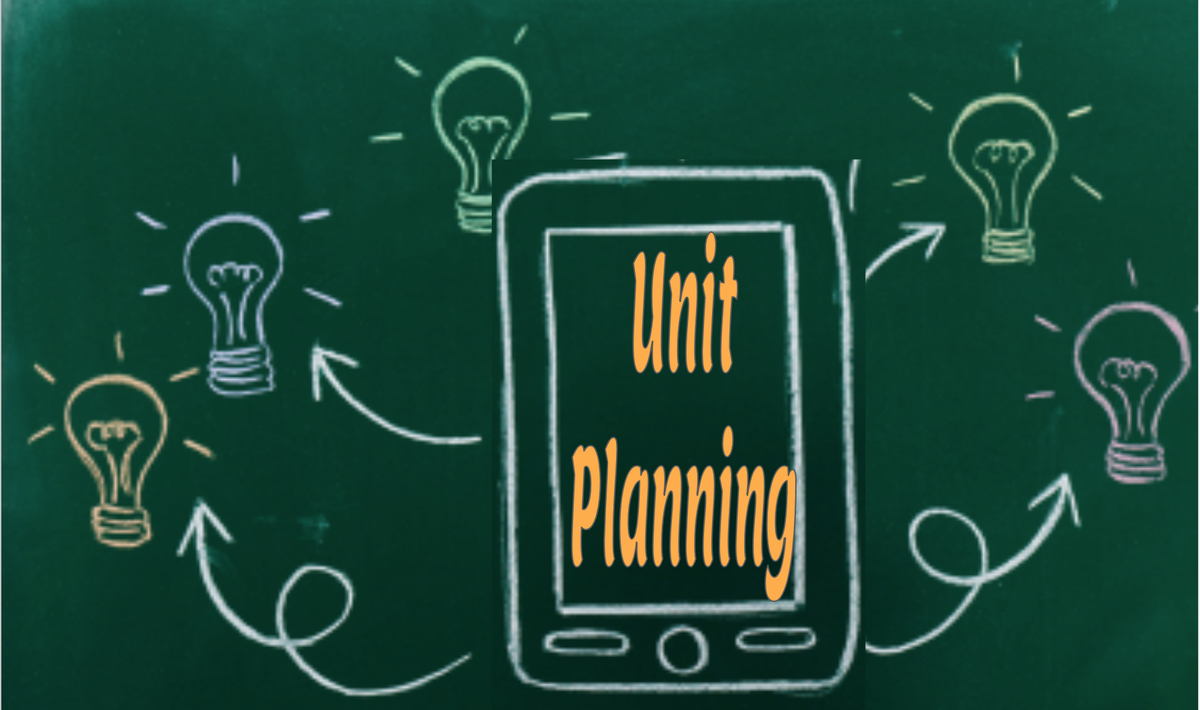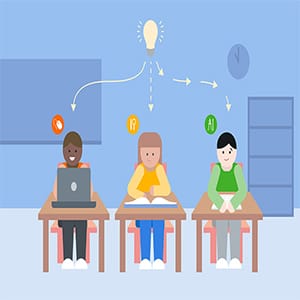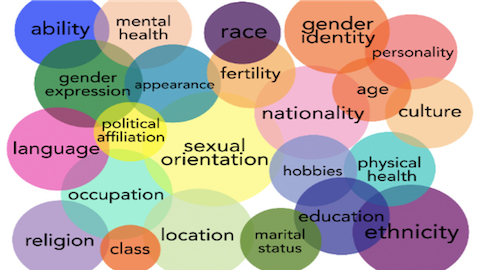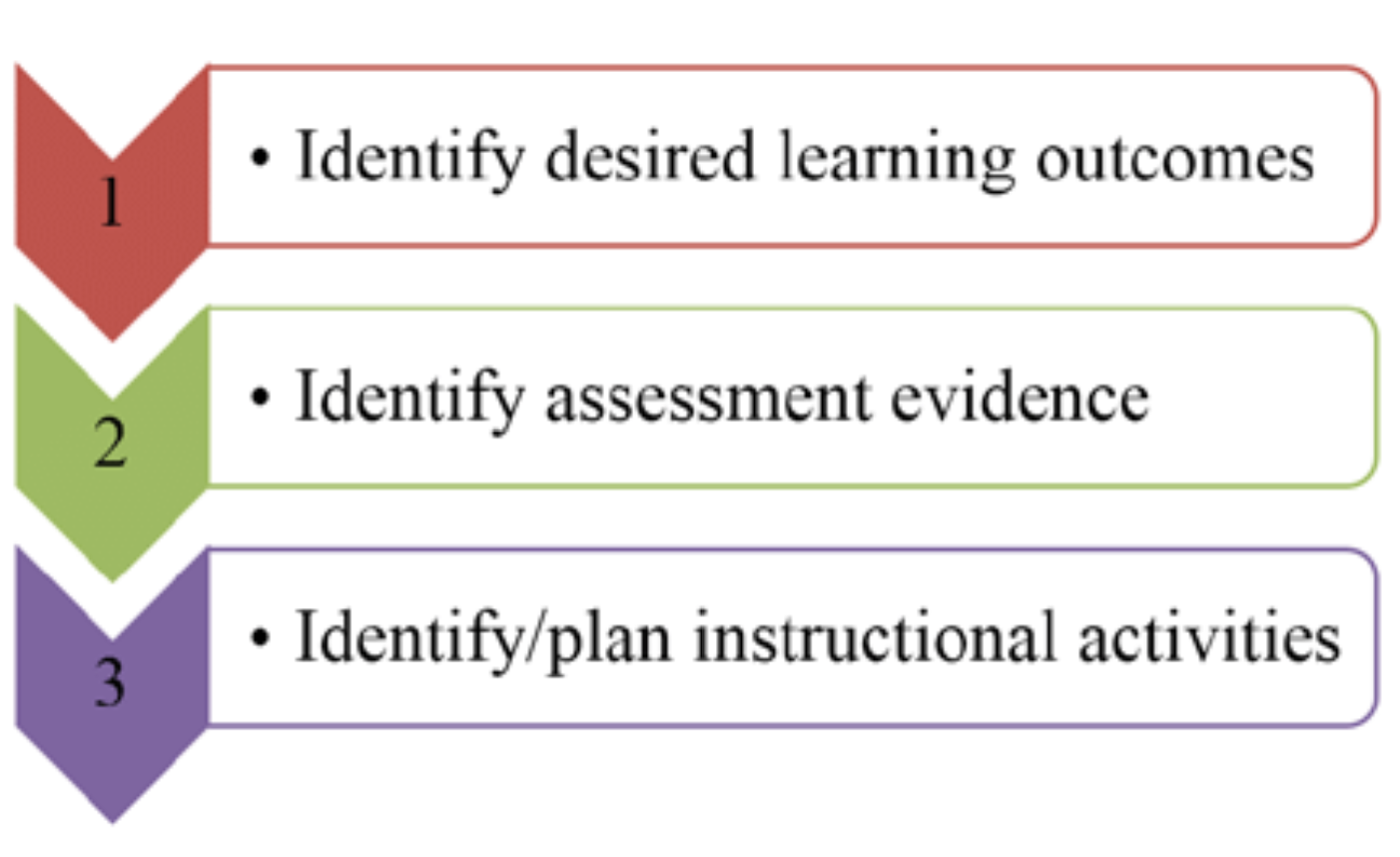Unit Planning Reflection-Part II

Before I had experience planning a unit, I thought it was a one size fits all process. I did not think that you needed to know about your students to create an effective unit plan, I thought you just needed to know the information and ways that you wanted to assess student's learning. However, I have realized that a teacher does need to know things about their students to effectively plan a unit. This includes timing or pacing, building in supports, and including effective differentiation.

Planning unit to unit has also helped me understand more about timing to remove pieces of scaffolding for when students have internalized parts and are ready for more independence. Planning units for the class can also help with focusing on specific goals throughout the curriculum of the year. As an example, one of the big idea focuses for my classroom has been continuity and change in U.S. history with an emphasis on race, class, and gender. This helps bring some structure to the class because students know that no matter what we are going over, we will take a dive into race, class, and gender and how it has stayed the same or changed over U.S. history. This big idea also goes along with the Colorado state standards of analyzing continuity and change in history.
The primary goal I have for my unit plan is to have students judge if a movement can change a nation. This aligns with the prompt for the district assessment at the end of the unit as well as my course goal of analyzing continuity and change in U.S. history. As a way to connect the content to the students in my class, I am going to incorporate different civil rights movements of the 1950s to 1970s such as the Chicano movement, the Second Wave Feminist movement, and the LGBTQIA+ movement. I want students to analyze how the civil rights movement for Black Americans helped to spark movements for other groups to gain civil rights. I can assess student learning through in class discussions and having students complete comparisons and contrasts of different movements and their goals. We could also explore intersectionality such as focusing on female members of SNCC or the Black Panther Party, Lesbians in the Gay Rights movement or in the Second Wave Feminist movement. As for language demands, I always include vocabulary into lessons and have students fill out personal word walls that they can look back on. This can help to lower cognitive load while still giving access to student's academic language. We do a lot of group work in my class so students have plenty of opportunity to discuss difficult topics in a mixture of English and their primary language. I also provide graphic organizers to help students with their thought process.

When it comes to planning units, the most important thing that I have learned is to have the end goal in mind first. Once the end goal is in place, including the final assessment, you can more easily plan the unit so it flows with each lesson building up to the end goal. As an example, I know that my students need to judge if a movement can change a nation, and they need to argue this in written form with evidence as their unit assessment. Therefore, my first lesson should be a recap of the history of Black people in the U.S. including suffering under the institution of slavery, the passing of the 13th to 15th Amendments during Reconstruction, and the creation and enforcement of Black Codes and Jim Crow laws. If students do not know this information, how can they judge if things truly changed with the Civil Rights movement? I also know that I need to give multiple opportunities for students to form their own opinion on the prompt as well as sources to help them that can be used as evidence.
